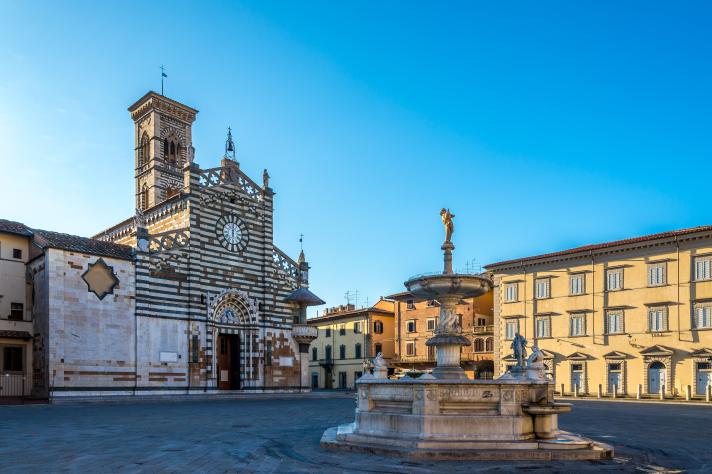The sustainable demolition of a former hospital paves the way for a new park, featuring a modern pavilion. This good practice aims to enhance green space, recreational activities, and host cultural events, while restoring the area’s historical significance.
Introduction
This good practice of Prato involves the demolition of the former Misericordia and Dolce hospital to make way for the new “Prato Central Park”. This innovative environmental plan transforms the historic center into an important access point and a new green lung for the city. The project was incorporated into the 2018 Operational Plan by a decision of the current Administration.
Objective
Prior to implementing this plan, the urban area remained unused following the closure and relocation of the Misericordia e Dolce Hospital in Prato. This vacant space covered a total area of 39,000 square meters and had previously hosted the city of Prato's gardens for over 600 years. The primary objective was to restore this area for the citizens, creating a biodiverse environment dedicated to recreational activities, wellness promotion, and fostering healthy lifestyles.
Description of plan
In August 2020, the demolition of the former Misericordia and Dolce hospital began. The building consisted of 170 thousand cubic meters of reinforced concrete. The selective demolition technique, known as "strip-out," involved removing and separating all materials found in the buildings. To successfully separate the materials, special containers were present on site where doors and windows could be placed as well as electrical and plant equipment. Special attention was given to reclaiming areas contaminated with asbestos and glass wool.
The demolition generated a total of just under 63 tons of waste. Of this, only approximately 0.9 kilotons (roughly 1%) were waste destined for disposal, while approximately 62 kilotons (over 98%) were sent for recovery and reuse. This prevented a significant volume of waste from ending up in landfills and reduced the consumption of natural resources from quarries.
Important measures were taken during the preparation and management of the construction site. Noise control was prioritised through the use of an 8-meter-high sound-absorbing fence, mitigating noise. Dust control was achieved using a fog cannon that sprayed a non-toxic and non-harmful air/water mixture to create a fog cloud.
Looking ahead, the envisioned Prato Central Park includes a 1.300-square-meter pavilion with glass walls and a photovoltaic roof. The interior will feature movable walls for adaptability. Additionally, the pavilion will house a 350-seat auditorium, coworking spaces, bars, and restaurants, with a six-meter-deep portico creating a seamless connection to the park. The pavilion is designed to serve, integrate, and enliven the park's overall green space.
Challenges
The construction sector faced some challenges in promoting circularity and minimising the consumption of global resources. The biggest challenge was to recover over 98% of waste from selective demolition (equal to 62.053 tons out of a total of 62.905 tons). To address this challenge, circular economy policies were developed for the building sector. In order to make the demolition process sustainable, the strip-out technique was employed and also the noise- and dust control were applied.
Moreover, the well-being and safety of the construction workers on the site were of importance. Therefore, a continuous monitoring system was implemented using advanced detection units. These units employed technologies to ensure that all legal limits pertaining to environmental and health regulations were strictly adhered to throughout the duration of the demolition process.
Stakeholders
In March 2017, the winning project for the Prato Central Park was presented to the press and citizens at the town hall, in the presence of the Mayor and the Council. Following this, the Municipality of Prato initiated a communication- and participation process to accompany the development of its new Operational Plan. This is an urban planning tool which outlines the transformation, enhancement and protection of the municipal territory, and included the Prato Central Park project.
The process took four months, from September to December 2017, with each month focusing on one of the city’s four main development themes: Connections, Environment and Agriculture, Heritage and Public space. Various events and activities were organised for each theme, including:
- meetings with citizens,
- workshops for designers and professionals,
- other engaging initiatives involving all citizens, including children.
Special attention was given to partnerships with theaters, museums (such as Metastasio and Pecci), and the emerging Manifattura del Cinema. The aim was to ensure the park’s usability for cultural events like concerts or shows. Lastly, the park and the entire project prioritise the citizens as the ultimate users, and their involvement is integral to its success.
In general, the beforementioned stakeholders played a crucial role in the decision-making process, raising awareness about the potential environmental impact of the project, proposing alternative solutions, and becoming key advocates in promoting the project.
Achievements and benefits
The Central Park in Prato is designed to show the size and rational order of the historic city. It will have many gardens with various plants, which will match the artistic theme of the park. The park itself is a space for open-air art, with contemporary sculptures and a collection of selected plants (not only for their botanical characteristics, but also for their aesthetic qualities and their colors). The project creates new connections with surrounding areas and a new orientation for the future.
The designers wanted the park to not only be a beautiful place, but also to have useful functions. Thus it is designed to have cultural and recreational activities that can generate income also generate its own energy. There are also vegetable gardens near one of the entrances, which provide fresh food for the park's café and restaurant. This promotes using local produce and reduces the distance that food has to travel. The park is also easy to access, and many people can walk through it every day from the nearby parking lot, making it a lively place. Planting more trees and shrubs also improves the health of the environment. The citizens are satisfied to know that an urban space, which was historically dedicated to a green area, has now been reconverted to its original use.
At the end of 2017 the Municipality of Prato managed to win the Urban Planning Award in the category "Environmental, economic and social regeneration" thanks to three projects including the Prato Central Park. The entire Municipality and the team of designers received recognition on a national level because of this achievement.
Learning points and recommendations
Prato is a city that is experiencing significant social and cultural changes, often in a complex and contradictory context. This project aims to address different needs by offering multiple functions and designing spaces that are flexible and adaptable to different requirements. The implementation of the project faced delays due to the pandemic, but the demolition and material recovery were completed remarkably quickly.
There are several reasons why this good practice can serve as an example of advanced urban planning in the concept of urban metabolism. Firstly, it has the ability to challenge the conventional logic of urban development. Secondly, it strengthens and promotes a circular city model, where resources are used efficiently and waste is minimised. Lastly, it introduces a new urban form that is ecological, resilient and dynamic due to the incorporation of natural elements within the city. Embracing an urban green policy not only revitalises the city’s appeal to its residents but also attracts innovative companies working in the sustainability sector.
When implementing such ambitious plans in a lively and thriving city like Prato, it is crucial not to overlook the importance of citizen involvement. Therefore, creating opportunities for citizen participation, establishing information desks, and undertaking extensive communication efforts are vital elements for the success of these plans and projects.
Good Practices 2023

Discover how Velenje Reuse Centre reduces waste, creates green jobs, and fosters a circular economy by refurbishing and selling second-hand items, making a positive impact on the environment and the community.
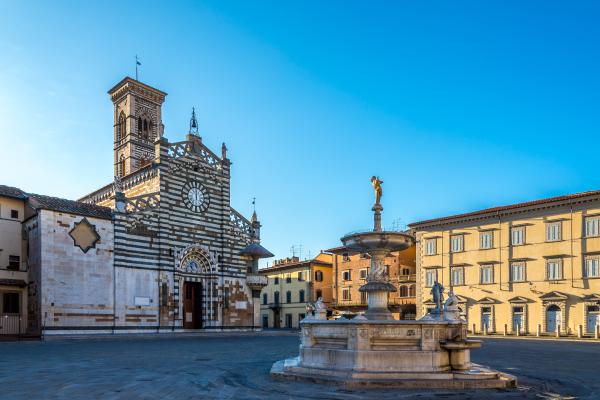
This good practice aims to enhance green space, recreational activities, and host cultural events, while restoring the area’s historical significance.
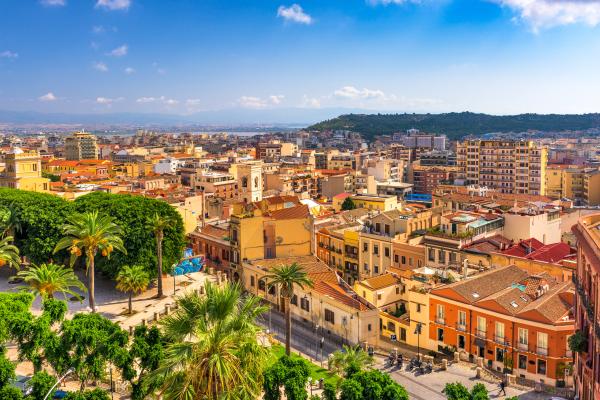
Cagliari aspires to include people in their transition towards their big dream of becoming a sustainable city.
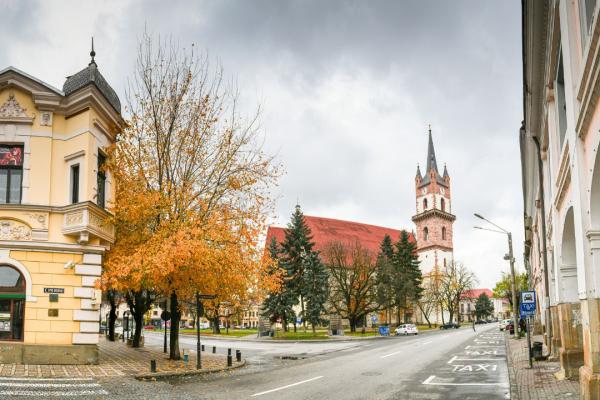
Bistriţa is actively monitoring indoor and outdoor air quality since 2021, as part of the local sustainable mobility campaign "Bistriţa, Zero Carbon City"
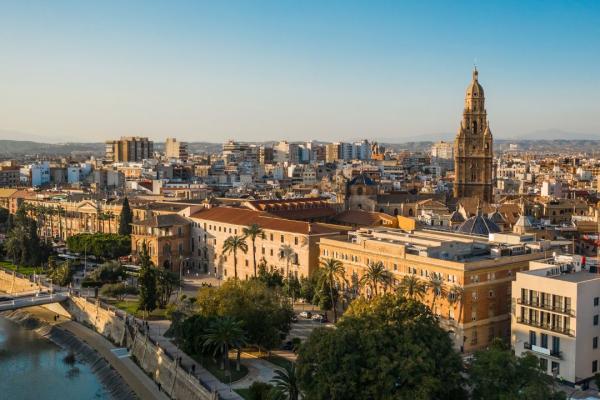
Murcia’s LIFE ENRICH project implements a circular economy approach in wastewater treatment.

Krakow aimed to increase public interest in the climate crisis, gather ideas on energy efficiency and derive collaborative recommendations for city actions.
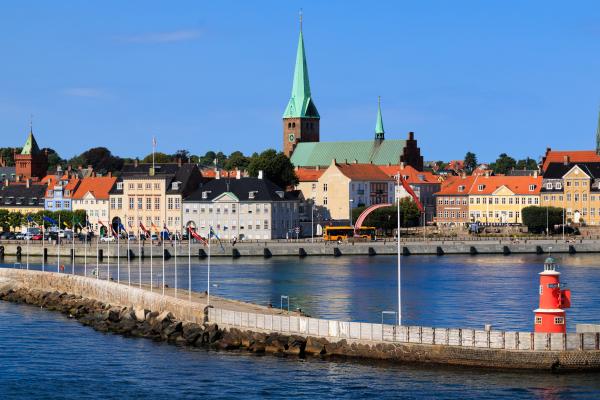
Elsinore captures the attention of visitors by showcasing local and sustainable businesses on their GoGreen card.

